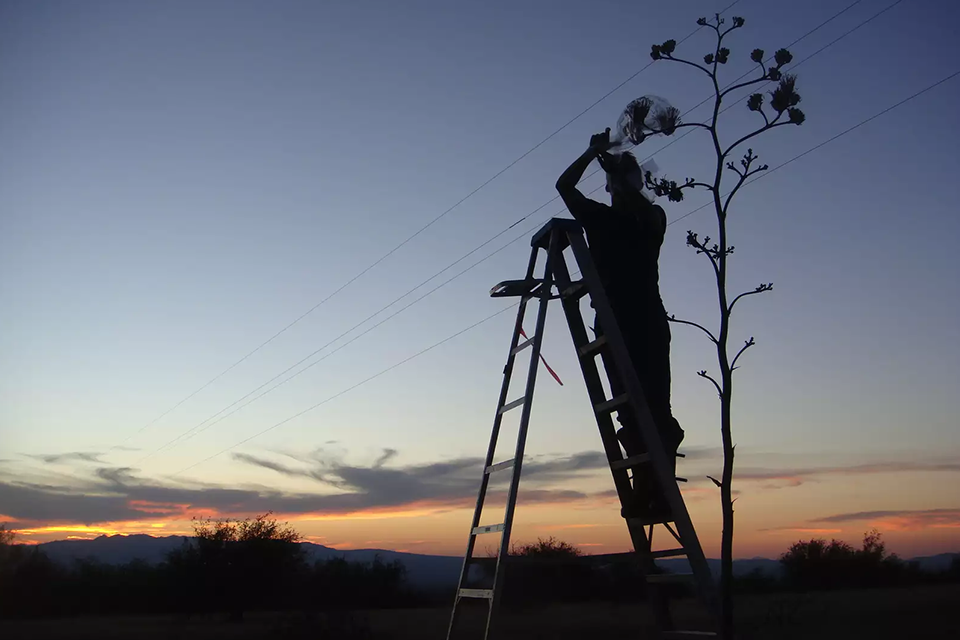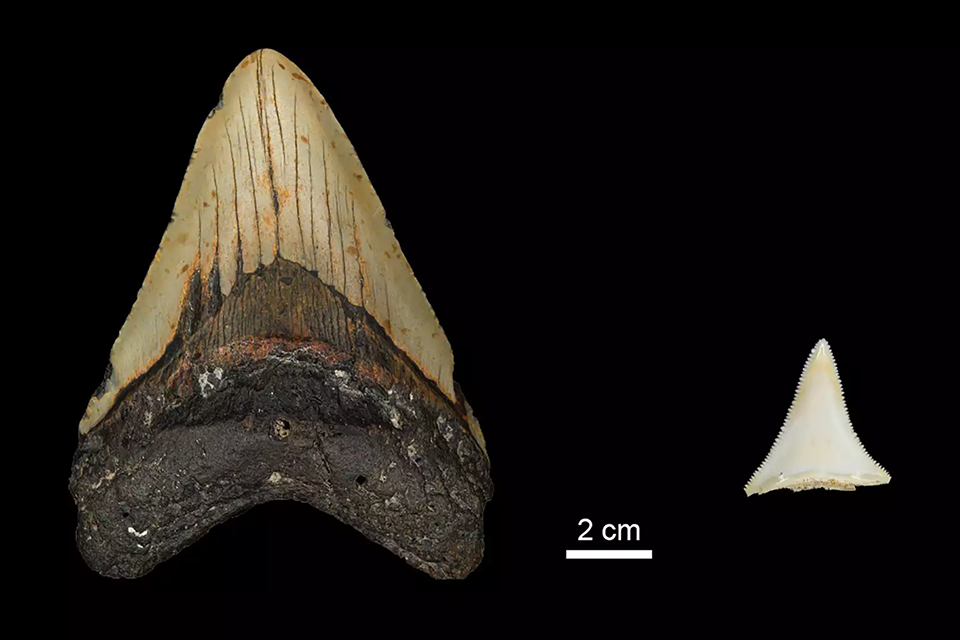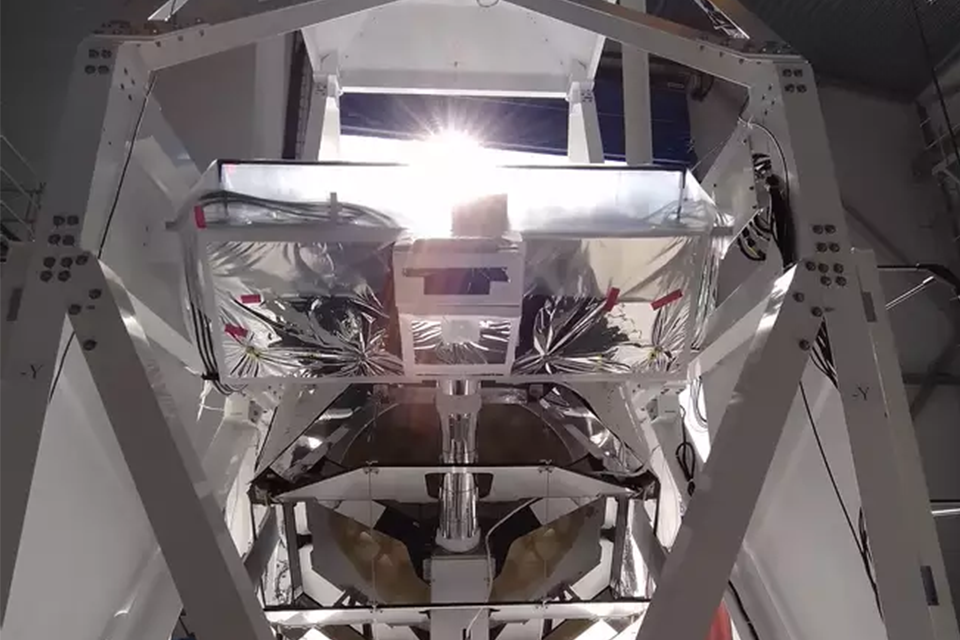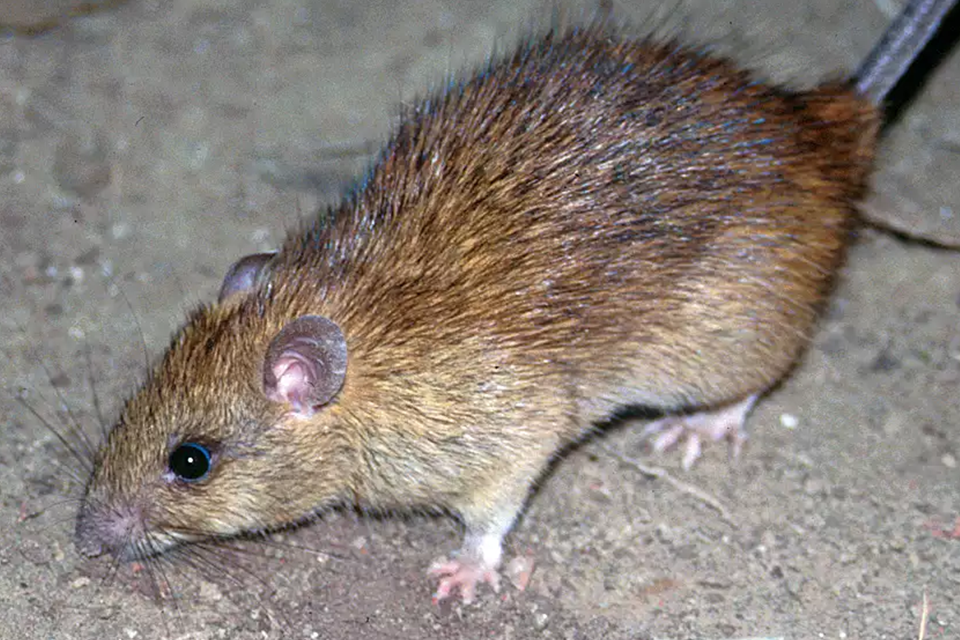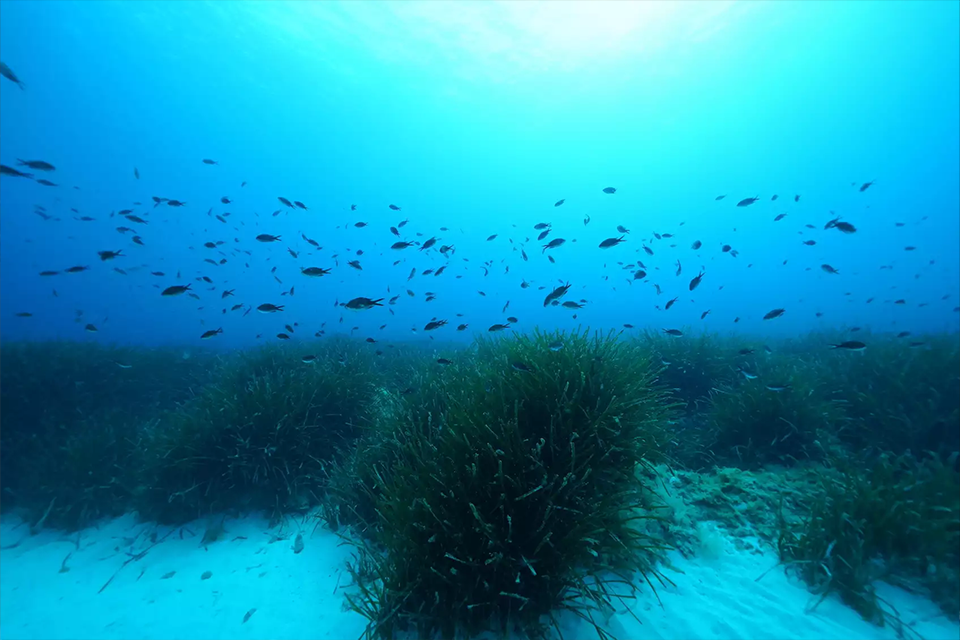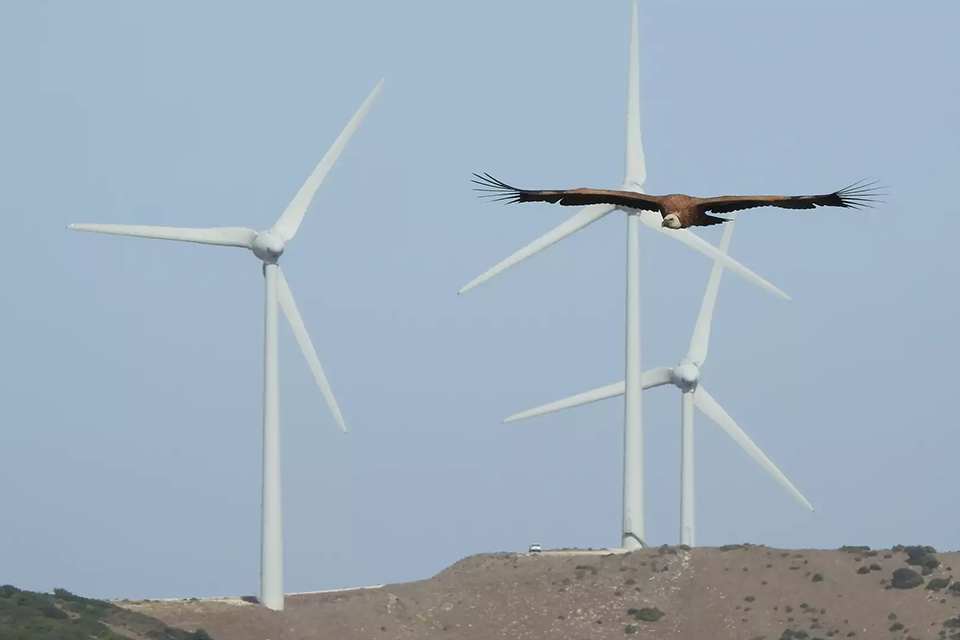Tobacco hawkmoths always find the right odor
A research team at the Max Planck Institute for Chemical Ecology has discovered how tobacco hawkmoths are able to detect odors that are important to them against a complex olfactory background. By looking at the specific activity patterns that the odors triggered in the moths' brains the researcher showed that the sense of smell enables moths not only to perceive the intense floral odors of nectar sources, but also to find the rather unobtrusive smell of their host plants on which the larvae thrive. What is especially amazing is that tobacco hawkmoths can reliably detect the odors of their host plants despite the multitude of background odors emitted by many other plants in the vicinity.
